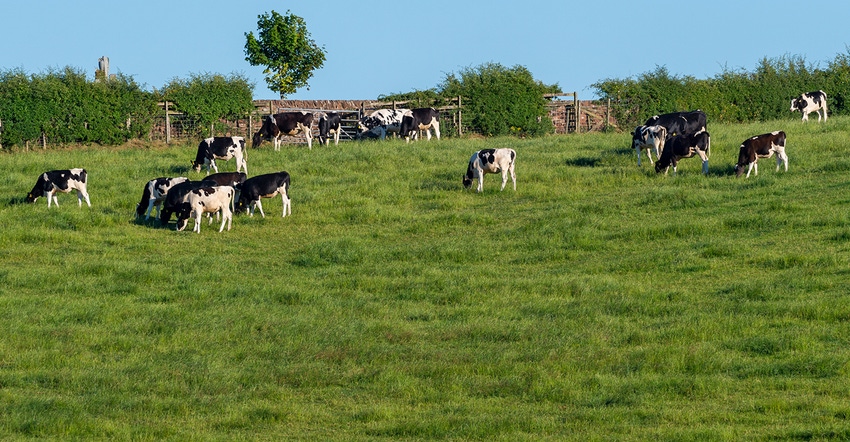
Winter is coming. It’s cold out and daylight hours are noticeably shorter. Less light means lice and mange are more active in dairy cattle, according to Dr. Linda Tikofsky, a veterinarian for Boehringer Ingelheim.
Mange is caused by mites. They burrow under the skin and cause animals to itch, experience hair loss and feel discomfort.
“We may only see a few animals with hair loss in a herd, but there are others impacted by itching,” Tikofsky says.
Mange and lice affect cows’ lying and feeding time, ultimately impacting milk production
“We need cows to eat, lay down and ruminate,” she explains. “So cows with lice and mange may have lower milk production because they are spending less time doing what they should do.”
How do you know your cows have lice and mange?
“We may see areas of hair loss around the tail head and on flanks, or we may see cattle rubbing on stalls or supports,” Tikofsky says. “Sometimes we see no overt signs at all, but will deduce we had an ectoparasite problem after we pour when we see an increase in milk production and an improvement in cow comfort.
“We recommend using a pour-on dewormer with no milk or meat withdrawal in early December to get ahead of parasites. Lice and mange typically peak in January.”
Tikofsky recommends using an external dewormer on all cows — lactating and dry — as well as heifers and calves, particularly if they are housed in groups.
��“We recommend doing a one-time whole-herd pour in December, and then treating cows again as they freshen throughout the year,” she says. “It should be done every year, whether you have five cows or 5,000 cows. It makes sense to control lice and mange and boost milk production.”
Tikofsky notes that Eprinex is oil-based, which means it won’t wash off if it’s raining.
In addition to controlling external parasites such as lice and mange, this product controls internal parasites in cows.
“If the cows were out on pasture, they can use the pour-on dewormer early in the season after a month on pasture and again when they bring them in for the winter,” she says.
Tikofsky says deworming is a practice that makes sense for all dairy farmers, whether they graze their cattle, milk in a tiestall or stanchion barn, or have freestalls or a bedded pack.
“This is one practice that has a good return on investment for all dairy producers,” she says. “It boosts cow comfort, and it’s another way to put the cattle first.”
About the Author(s)
You May Also Like






